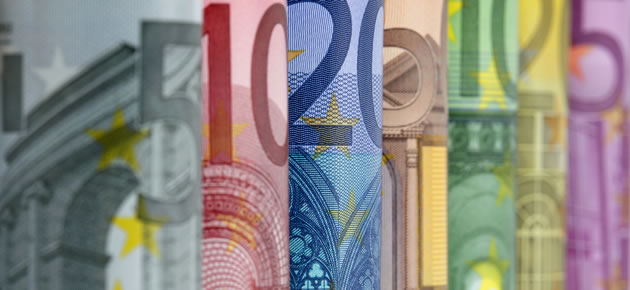While the Euro has been boosted by the declining odds of the European Central Bank introducing additional stimulus, the ‘Aussie’ has come under pressure as a result of developments in the US and China. Consequently, the Euro to AUD exchange rate begins local trading in a stronger position.
The Euro rallied to a three-week high against the US Dollar and strengthened against the majority of its other rivals after inflation accelerated in the Eurozone, reducing pressure on the ECB to take policy action.
Meanwhile, after the Federal Open Market Committee announced that bond buying would be tapered by another 10 billion US Dollars, higher-risk assets like the Australian Dollar came under pressure.
Additional declines were later inspired by the news that Australia’s manufacturing sector contracted by the most since July of last year.
The AiG Performance of Manufacturing Index slipped from 47.9 to 44.8, moving further below the 50 mark separating growth from contraction.
Manufacturing production eased and a measure of new orders fell by a whopping 10.5 points.
In a statement published with the data AiG Group Executive Innes Willox asserted; ‘The sharp fall in the manufacturing activity in April highlights the continuing weakness in the sector and the parts of the economy that are linked with manufacturing. The softness in manufacturing also highlights the risks facing the broader economy and bolsters the risk of a contractionary budget that further slows activity by raising taxes or excessively cutting back on public-sector demand’.
Furthermore, as China is Australia’s main trading partner a less-than-impressive manufacturing report for the world’s second largest economy dampened Australia’s own economic prospects.
China’s Purchasing Managers’ Index showed that manufacturing expanded by slightly less than anticipated in April.
While the gauge held above the 50 mark separating growth from contraction, it came it at 50.4 – up from 50.3 in March but less than the 50.5 expected.
The report confirms that export weakness persists and that the prospect of the slowdown worsening can’t be ruled out.
As noted by China economist Zhang Zhiwei; ‘We continue to expect growth to slow. We expect the government to loosen fiscal and monetary policies in the next few months.’
A lack of influential economic news for the Eurozone could limit movement in the Euro to Australian Dollar exchange rate today.
Before the weekend Australia’s new home sales figures and the Eurozone’s manufacturing PMI and unemployment data may drive fluctuations.
Euro (EUR) Exchange Rates
[table width=”100%” colwidth=”50|50|50|50|50″ colalign=”left|left|left|left|left”]
Currency, ,Currency,Rate ,
Euro,
Euro,
Euro,
Euro,
Euro,
[/table]
